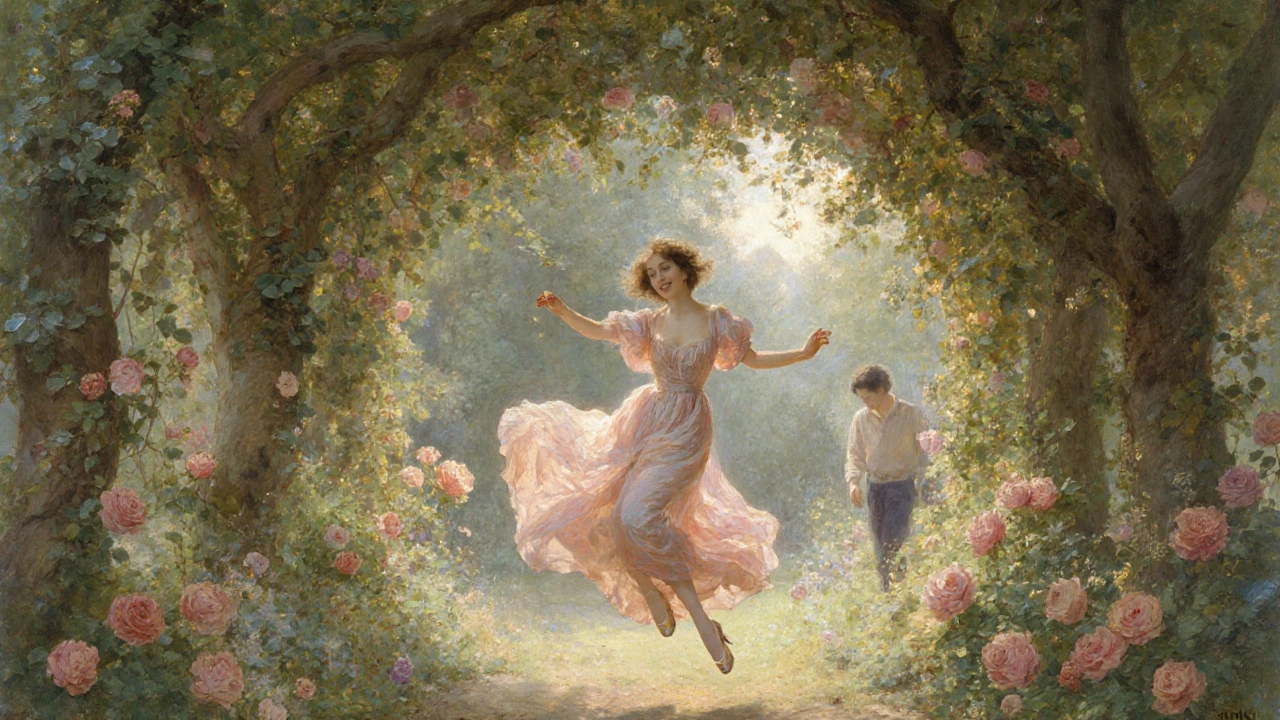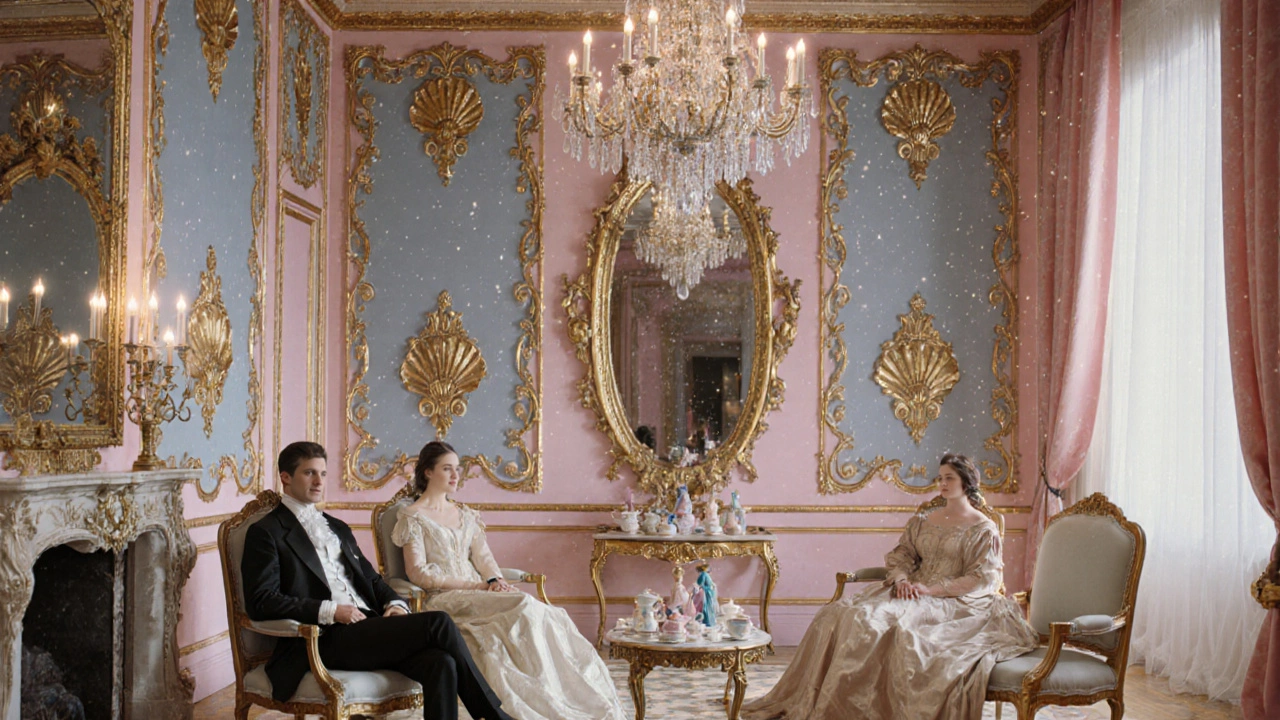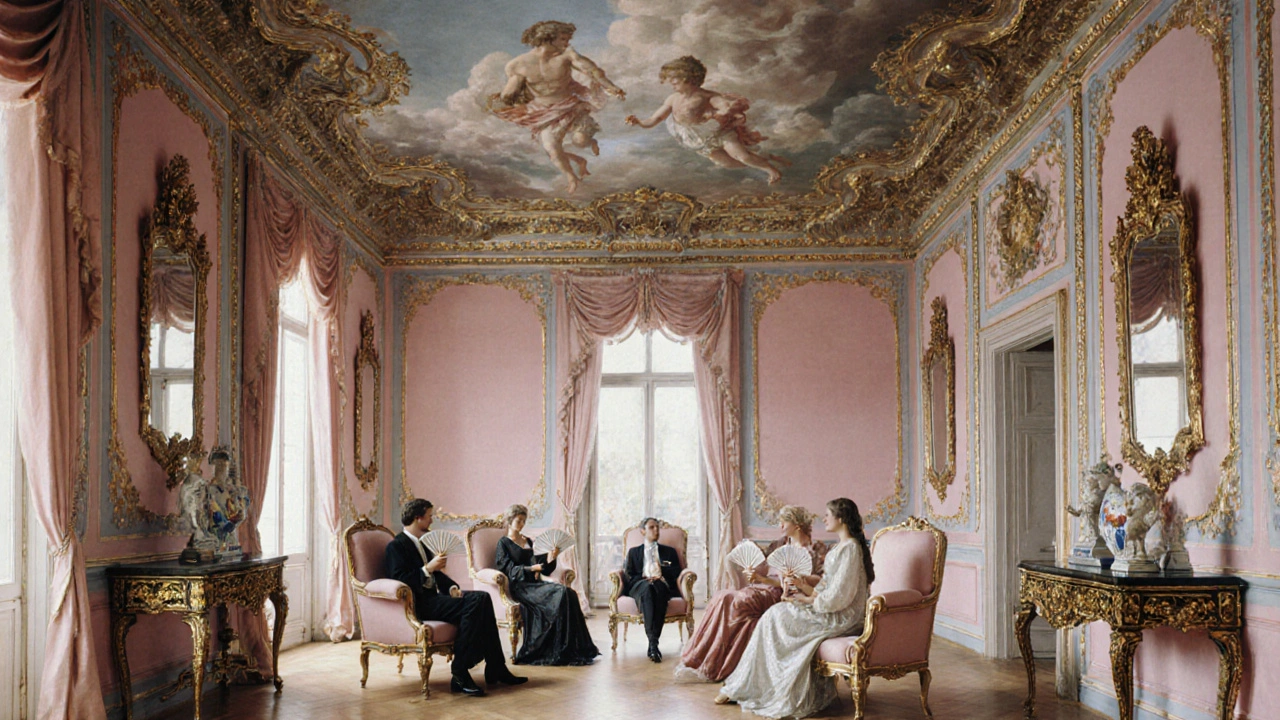18th Century Art – Styles, Influences & Key Works
Dive into 18th century art, a vibrant period that reshaped visual culture across Europe and the Americas.
When exploring 18th century art, the visual output created between 1700‑1799, including painting, sculpture, and decorative arts. Also known as art of the 1700s, it reflects the social, political, and scientific changes of the Enlightenment era. This era is anchored by three major movements. The first, Baroque, a dramatic style marked by strong contrasts, movement, and emotional intensity, set the stage with its theatrical lighting and lush compositions. From there emerged Rococo, a lighter, playful offshoot that favored pastel colors, asymmetrical ornamentation, and intimate scenes, borrowing Baroque’s energy but softening it for aristocratic salons. Finally, Neoclassicism, a revival of ancient Greek and Roman ideals that prized order, simplicity, and civic virtue reacted against Rococo excess, aligning art with Enlightenment rationalism. Together these styles demonstrate how 18th century art encompasses Baroque, Rococo, and Neoclassicism, how Baroque influences Rococo’s playfulness, and how Neoclassicism responds to Enlightenment ideas.
Why These Movements Matter for Architecture and Design
Understanding these artistic currents helps you see their fingerprints on the built environment. Gothic Revival architects, for example, borrowed the dramatic verticality of Baroque to create soaring stone facades, while Federal designers in Australia and the U.S. leaned on Neoclassical orders to convey democratic ideals. Even modern high‑tech projects echo Rococo’s love of intricate detailing, just in steel and glass. The posts below explore everything from medieval cathedrals to futuristic smart buildings, showing how the visual vocabulary of 18th century art still informs design choices today. As you scroll, you’ll discover practical insights, historical case studies, and design tips that bridge past artistic movements with today’s architectural challenges.

The Delicate Balance of Nature and Romance in Rococo Art
Rococo art blends nature and romance with delicate curves, pastel colors, and intimate scenes. Discover how 18th-century artists turned gardens into emotional landscapes and why this style still resonates today.
Read more
Rococo Art: 18th‑Century Revolution Explained
Explore Rococo, the 18th‑century artistic revolution, its origins, key traits, famous artists, architecture, and lasting influence in a clear, engaging guide.
Read more
Rococo: The Revolutionary Art Movement That Broke the Mold
A deep dive into Rococo, the 18th‑century art movement that swapped Baroque drama for pastel playfulness, covering its origins, key artists, characteristic style, and lasting influence.
Read more